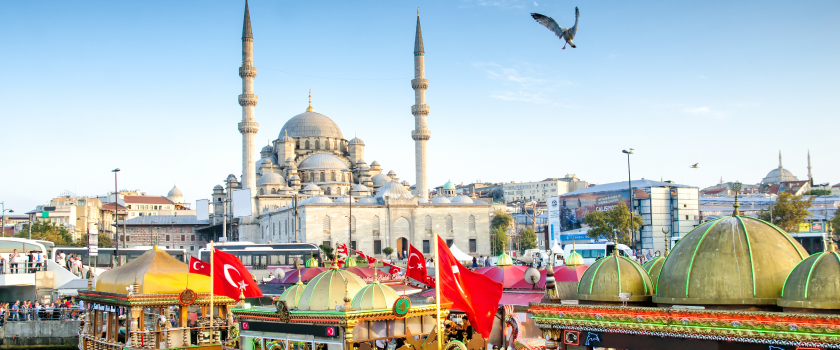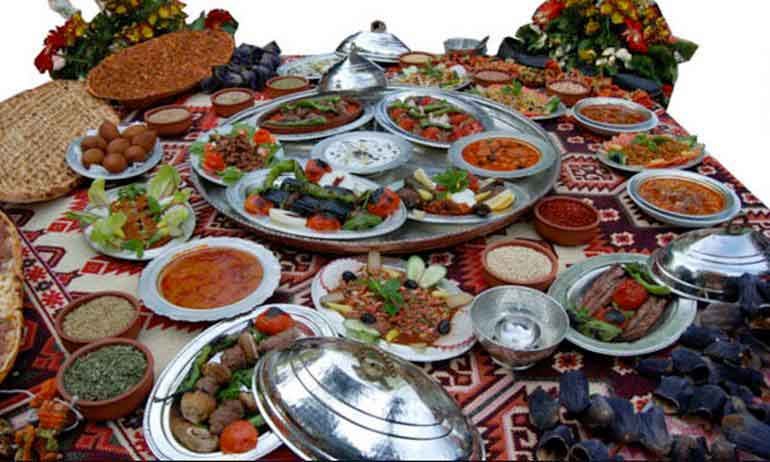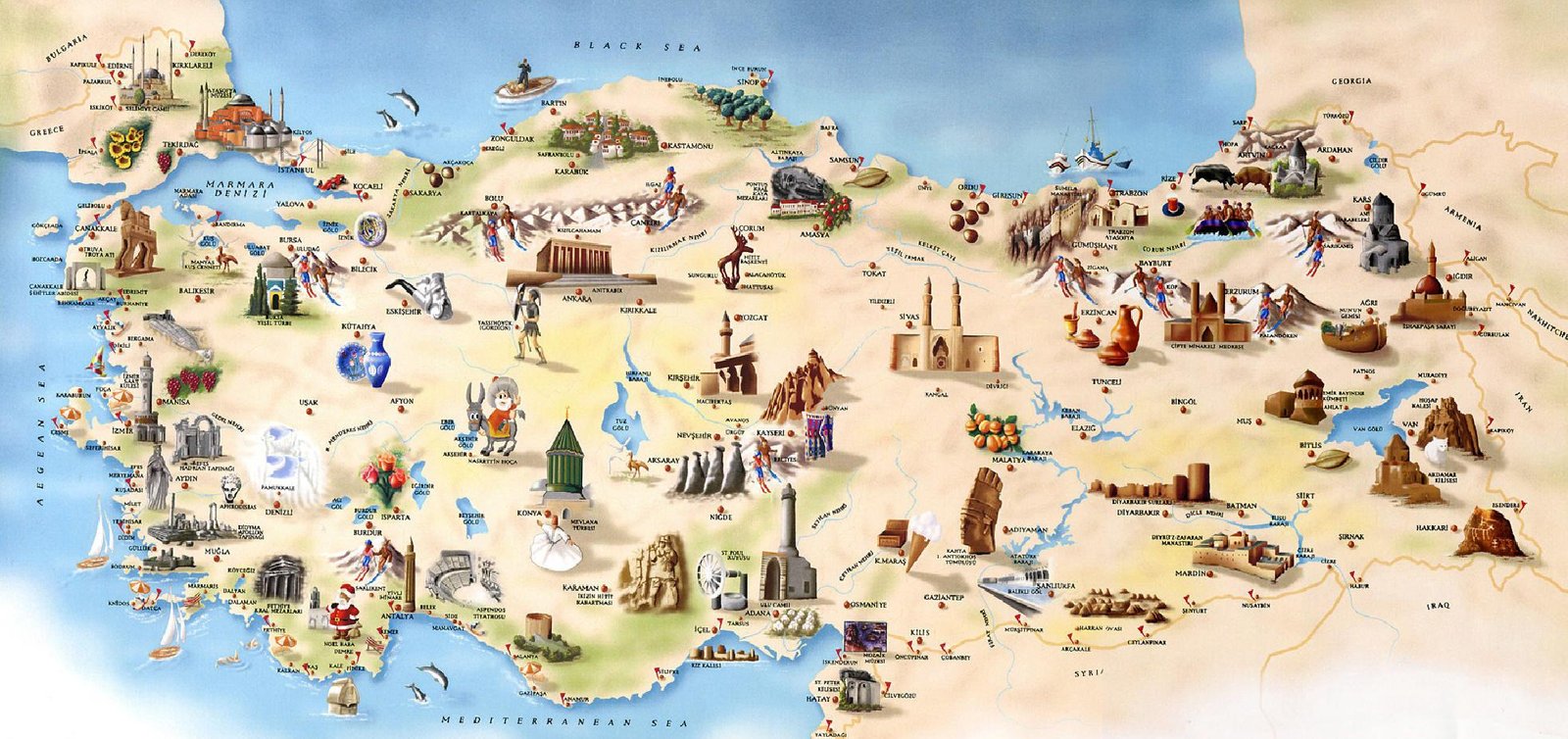Turkey’s a treasure trove of destinations, blending ancient history, stunning landscapes, and vibrant culture. Here’s a rundown of some of the best spots to visit, based on what’s out there and my take on what makes them stand out. I’ve grouped them by what kind of experience you might be after—history, nature, or just soaking in the vibe.
History and Culture

- Istanbul
You can’t skip Istanbul—it’s the heart of Turkey, straddling Europe and Asia. The Hagia Sophia is a must; its massive dome and mosaics are a testament to Byzantine and Ottoman ingenuity. Nearby, the Blue Mosque (Sultan Ahmed Mosque) stuns with its intricate tiles and six minarets. The Topkapi Palace gives you a peek into Ottoman opulence, while the Basilica Cistern’s eerie underground columns are straight out of a movie. Don’t miss the Grand Bazaar for a chaotic, colorful shopping spree—think spices, carpets, and haggling galore. - Ephesus
Near modern-day Selçuk, Ephesus is one of the best-preserved ancient cities in the world. Walk down the marble-paved Curetes Street, check out the Library of Celsus (a jaw-dropping Roman structure), and sit in the Great Theatre, which once held 25,000 people. The nearby Temple of Artemis, one of the Seven Wonders of the Ancient World, is mostly ruins now but still worth a stop for the vibe. People on travel forums rave about the House of the Virgin Mary nearby, a pilgrimage spot with a serene feel. - Cappadocia (Göreme)
While Cappadocia’s also a nature standout (more on that below), its history is unreal. The Göreme Open-Air Museum is packed with rock-cut churches and monasteries from the Byzantine era, their frescoes still vivid after a thousand years. The underground cities like Derinkuyu and Kaymakli are mind-boggling—entire communities lived here to escape invaders. Stay in a cave hotel for the full experience; it’s a bucket-list thing for a reason.
Powered by GetYourGuide
Nature and Landscapes

- Cappadocia (again)
Beyond the history, Cappadocia’s surreal landscape—think fairy chimneys, rock formations, and valleys—is the stuff of dreams. Hot air balloon rides at sunrise are practically mandatory; the view of hundreds of balloons over the lunar-like terrain is unreal. Hiking trails in Rose Valley or Love Valley let you explore up close. It’s a photographer’s paradise. - Pamukkale and Hierapolis
Pamukkale’s travertine terraces look like something from another planet—bright white calcium pools cascading down a hillside, filled with turquoise water. You can wade in some of the thermal pools (stick to the designated ones to avoid damage). Above the terraces sits Hierapolis, an ancient Roman spa city with a well-preserved theater and necropolis. It’s a solid day trip; combine it with a dip to soothe your soul. - The Turquoise Coast (Fethiye, Ölüdeniz, Kaş)
Turkey’s southwestern coast is all about crystal-clear waters and chill vibes. Ölüdeniz has the Blue Lagoon, a postcard-perfect beach great for paragliding—people say the aerial views are unmatched. Fethiye’s got bustling markets and nearby ruins like the Lycian rock tombs. Kaş is quieter, with cobblestone streets and some of the best diving spots in the Med—think shipwrecks and underwater canyons. If you’re into sailing, a gulet cruise along this coast (often called a “Blue Cruise”) is a popular pick.
Powered by GetYourGuide
Unique Vibes and Off-the-Beaten-Path
- Antalya
Antalya mixes old and new effortlessly. The Kaleiçi (Old Town) has narrow streets, Ottoman houses, and the ancient Hadrian’s Gate. But it’s also a gateway to beaches like Konyaaltı and Lara. The Düden Waterfalls, where the river plunges into the sea, are a cool side trip. It’s a good base if you want a bit of everything—history, food, and coastline. - Safranbolu
If you’re into quieter spots, Safranbolu’s Ottoman charm is hard to beat. Its UNESCO-listed old town is full of preserved wooden houses, cobblestone streets, and small mosques. It’s famous for saffron (hence the name) and Turkish delight—grab some from local shops. Travelers on X mention it feels like stepping back in time, without the tourist crowds of Istanbul. - Mount Nemrut
For something truly wild, head to Mount Nemrut in eastern Turkey. At the summit, giant stone heads of ancient gods from the Kingdom of Commagene stare out over the landscape—it’s haunting, especially at sunrise or sunset. The hike up isn’t too brutal, and the views are worth it. It’s remote, so plan ahead, but it’s a once-in-a-lifetime kind of spot.
Food and Local Life

- Gaziantep
If you’re a foodie, Gaziantep is your spot. It’s the baklava capital of the world—pistachio-packed and syrupy perfection. The city’s also got kebabs, stuffed grape leaves, and all the mezze you can handle. Beyond food, the Zeugma Mosaic Museum houses incredible Roman mosaics. Locals are warm, and the bazaars are less touristy than Istanbul’s. - Izmir
Izmir’s got a laid-back, almost Mediterranean feel compared to Istanbul’s hustle. Stroll the Kordon promenade, sip Turkish coffee by the Aegean, and check out the Kemeraltı Bazaar for street food like boyoz (a flaky pastry). It’s also a good base for day trips to Ephesus or the beaches of Çeşme, where you can try windsurfing in Alaçatı.
Practical Tips
- Best Time to Visit: Spring (April-May) or autumn (September-October) for mild weather and fewer crowds. Summer’s hot, especially inland; winter’s chilly but magical in Cappadocia with snow.
- Getting Around: Domestic flights are cheap and quick (Istanbul to Cappadocia is about an hour). Buses are reliable for longer hauls—comfortable, with overnight options. Renting a car works for the coast or Cappadocia if you want flexibility.
- Cultural Notes: Dress modestly at religious sites (carry a scarf for mosques). Turks are generally friendly but appreciate a few words in Turkish—merhaba (hello) goes a long way.

